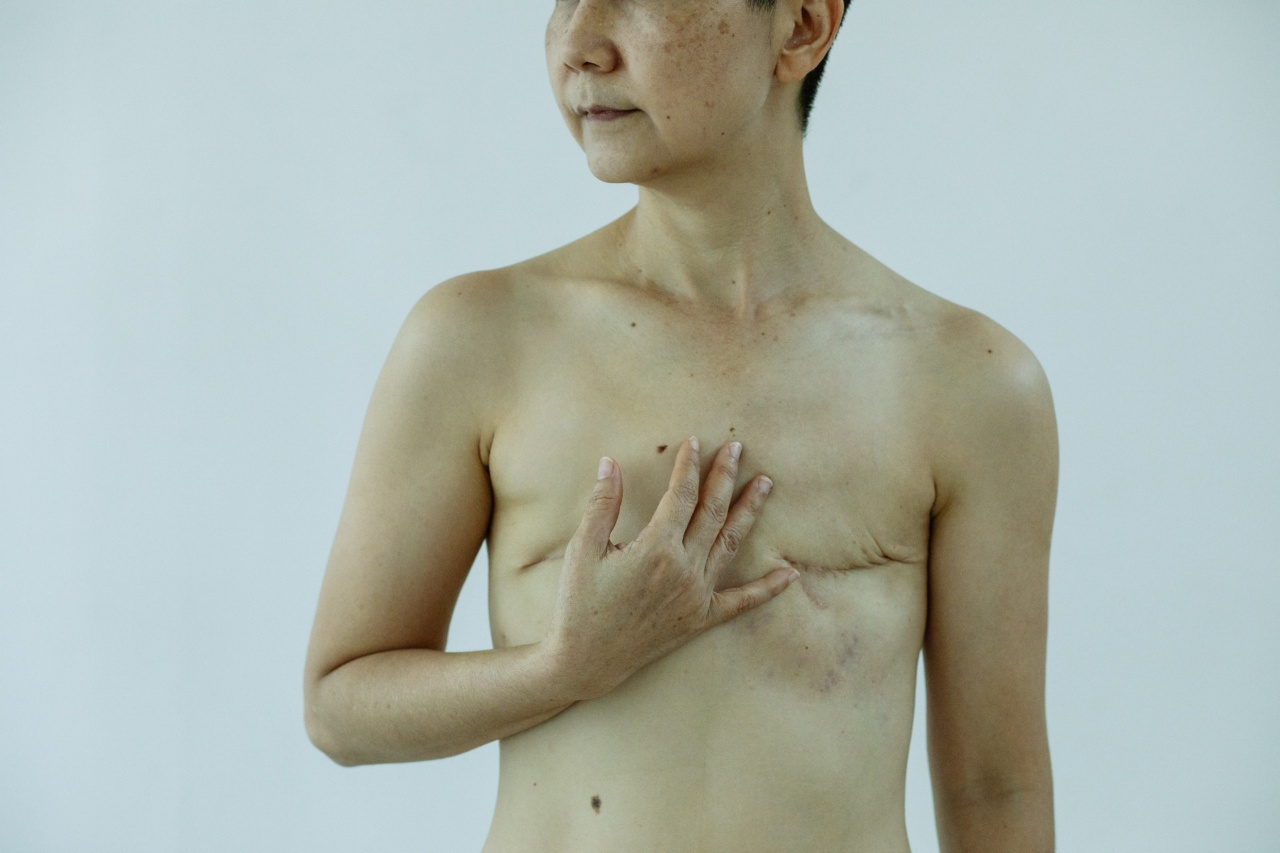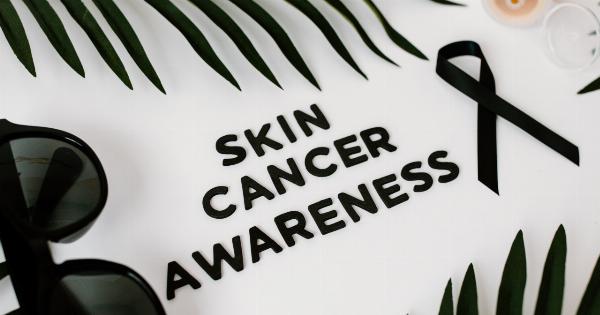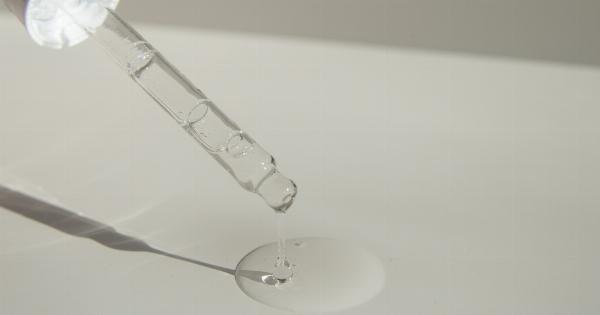Breast cancer is one of the most common types of cancer in women. According to the American Cancer Society, around 1 in 8 women in the United States will develop breast cancer during their lifetime.
However, not all women are equally likely to develop breast cancer. In fact, some women are more prone to the disease than others due to genetic and environmental factors.
Pinpointing Women at Risk
A recent study published in the journal Nature Genetics describes a new method to identify women who are at high risk of developing breast cancer.
The method involves analyzing genetic data from hundreds of thousands of women to identify specific DNA variations, or genetic markers, that are associated with an increased risk of breast cancer.
The researchers used a machine learning algorithm to analyze data from over 275,000 women with and without breast cancer. The algorithm was able to identify 68 genetic markers that are strongly associated with breast cancer risk.
The researchers then used these markers to assign a “polygenic risk score” to each woman in the study. This score reflects a woman’s overall genetic risk of developing breast cancer.
Improving Risk Prediction
The polygenic risk score was able to significantly improve the accuracy of breast cancer risk prediction compared to existing methods.
The researchers found that the polygenic risk score identified twice as many women who were at high risk of breast cancer compared to the commonly used method of assessing a woman’s risk based on her family history and age.
The researchers also found that the polygenic risk score was more effective at identifying women with a high risk of estrogen receptor-negative (ER-negative) breast cancer.
ER-negative breast cancer is a subtype of the disease that tends to be more aggressive and harder to treat than other forms of breast cancer.
Implications for Breast Cancer Prevention
The new method for assessing breast cancer risk could have important implications for breast cancer prevention and early detection.
Women who are identified as being at high risk of breast cancer could be offered more aggressive screening, such as annual mammograms or MRI scans, to detect the disease at an early stage when it is more treatable. These women could also be offered preventive measures, such as medication or surgery, to reduce their risk of developing breast cancer.
However, it is important to note that the new method is not yet widely available for routine clinical use.
The researchers caution that further studies are needed to validate the method and to assess its feasibility and cost-effectiveness in diverse populations.
Conclusion
The new method for assessing breast cancer risk represents a major advance in our understanding of the genetic basis of the disease.
By identifying women who are at high risk of breast cancer, we can take steps to prevent and detect the disease at an early stage, when it is most treatable. Further research is needed to validate the method and to make it available for routine clinical use.





























